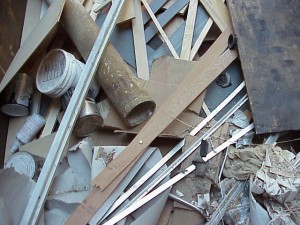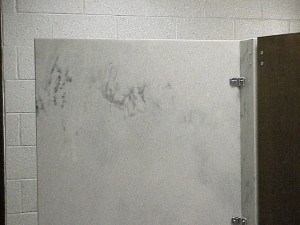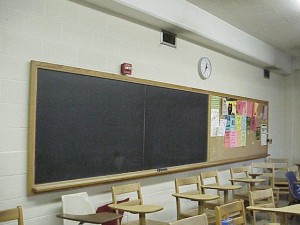Construction and Demolition Waste Management
This information supports and supplements information included in the UNC-Chapel Hill Design Guidelines—specifically, Chapter II: Construction Documents Submittal requirements, Chapter III: Construction and Demolition Waste Management and Chapter V: Sections 01606, 01505, and 02070.
The University, State, Orange County and Chapel Hill are committed to reducing waste and the use of landfills. Waste reduction and recycling practices aren’t limited to routine day-to-day functions and events on campus; they also apply to construction and renovation activities. Construction waste management practices include deconstruction, reuse, salvage, recycling and disposal.1
 Executive Order 156 calls on all state agencies to: “seek opportunities to reduce environmental impacts associated with capital improvements throughout project planning, site and building design, and construction. Agencies shall, to the extent feasible and practicable, implement project initiatives or modifications that result in energy efficiency, water conservation, pollution prevention, solid waste reduction, and land preservation during the construction and operation of agency facilities.”1
Executive Order 156 calls on all state agencies to: “seek opportunities to reduce environmental impacts associated with capital improvements throughout project planning, site and building design, and construction. Agencies shall, to the extent feasible and practicable, implement project initiatives or modifications that result in energy efficiency, water conservation, pollution prevention, solid waste reduction, and land preservation during the construction and operation of agency facilities.”1
Proper waste management and waste avoidance are to be considered in decisions made during all stages of the capital project planning and construction process. Those involved with the design and construction of buildings on campus are to have the knowledge and resources needed to avoid waste and manage the resulting waste in a manner that allows for the least environmental impact.2
A construction and demolition waste plan is required for all projects. Contractors are required to develop their waste management plan jointly with the University Office of Waste Reduction and Recycling. OWRR can direct contractors to local markets for recyclable materials. The Orange County Regulated Recyclable Materials Ordinance bans cardboard, metals, clean wood waste, and pallets from county landfills. Waste haulers must obtain a license from the Orange County Solid Waste Office.2
Construction Waste Management Hierarchy
Building Materials and Components
- Reuse in project
- Reuse on campus
- Recycle (grinding wood for mulch, metal shelves recycled)
- Disposal (in accordance with state regulations)

1The information on this page can be found in the UNC Design Guidelines, Chapter I. General Principles, Section F. Waste Management, B. Construction and Demolition Waste.
2The information on this page can be found in the UNC Design Guidelines, Chapter III. University Planning Standards, Section E. Waste Management.

